Michigan’s largest freshwater spring and one of the most stunning places the Upper Peninsula has to offer all in one place: Kitch-iti-kipi. This is a bucket list place in Michigan you absolutely can’t miss in the winter.
Read for all of the details on what makes Michigan’s Kitch-iti-kipi winter bucket list-worthy and everything you need to know for your visit.
What’s in this Guide:
- How to Prepare for this Adventure
- What is Kitch-iti-kipi?
- Directions and Parking
- Viewing Kitch-iti-kipi
- The Legend and History of Kitch-iti-kipi
- Sources and Additional Information
How to Prepare for this Adventure
Packing List
- Camera
- Warm winter clothes (find my favorites on my “Winter Gear” list linked here*)
- Microspikes (dependent on conditions, you can also find these at the link above)
- Michigan Recreation Passport (or temporary pass upon arrival)
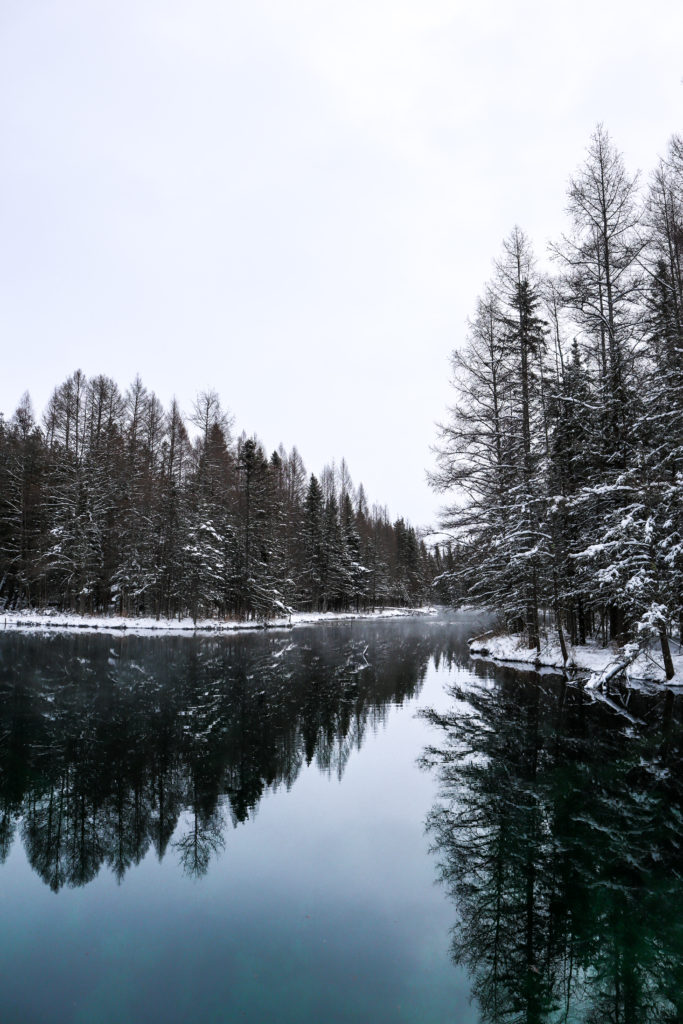
If you’re making the trip to Kitch-iti-kipi in the winter months, be sure to check weather conditions like temperature and wind-chill. The “feels like” temperature featured on most weather services is especially important here when determining how many layers you’ll need to brave the cold.
Dress warm and bring your camera for this epic adventure.
The walk in is short, but only a packed down trail is cleared to the viewing platform. This is no challenge to most, but keep in mind that Kitch-iti-kipi is far less handicap accessible in the winter.
Winter boots should be enough to navigate the trail, but if it seems icy, microspikes might be helpful to have on hand. More resources on layering in the winter can be found at the link below.
REI: How to Dress in Cold Weather
Kitch-iti-kipi is located within Palms Book State Park, so Michigan recreation fees are in effect here. If you have a Michigan Recreation Passport, you can enter for free. Otherwise, a $10 day pass can be purchased to go towards recreation work at this state park and others in Michigan.
*this signifies an affiliate link. You can read more about what this means here.
Following Leave No Trace at Kitch-iti-kipi
It’s vitally important that every visitor follows the 7 Leave No Trace Principles while at Kitch-iti-kipi. If you’re not familiar and would like to read more about these, visit this link here.
More specific to Kitch-iti-kipi, here are a few important things to keep in mind for your visit:
- Dogs are allowed, but must be on a 6-foot leash
- No swimming or kayaking is allowed
- No fishing is allowed
- Remember to be respectful of other visitors
- Pack out all of your trash and/or belongings and do not drop anything into the spring
- Do not vandalize any of the park facilities or the raft
- Remember to respect Michigan State Park recreation fees
What is Kitch-iti-kipi?
Kitch-iti-kipi is one of those stunning places that you’ll want to see in every season. It’s located around 12 miles from the town of Manistique in the Upper Peninsula in Palms Book State Park. Kitch-iti-kipi also goes by the names “Big Spring” or “Mirror of Heaven” as the Native Americans called it.
This freshwater spring is 200-feet across and 400-feet deep, making it Michigan’s largest freshwater spring.
Cracks in the limestone below allow over 10,000 gallons of clear turquoise water to flow through each minute. The Big Spring feeds into Indian Lake, which is flanked by both Palms Book State Park and Indian Lake State Park.
The freshwater spring almost never freezes in the winter, staying at around 45 degrees Fahrenheit throughout the entire year. But you can read about a rare time the spring did freeze over and left scientists baffled here.
There’s also an observation raft at Kitch-iti-kipi. The raft is self-propelled and you can use it to go across the spring. The center of the raft is also open to help visitors see down into the spring below. With fencing and a roof, this raft is a perfect way to explore Kitch-iti-kipi.
All of the trails and the raft at Kitch-iti-kipi are ADA accessible, although they might be difficult to navigate in the winter months.
Directions and Parking
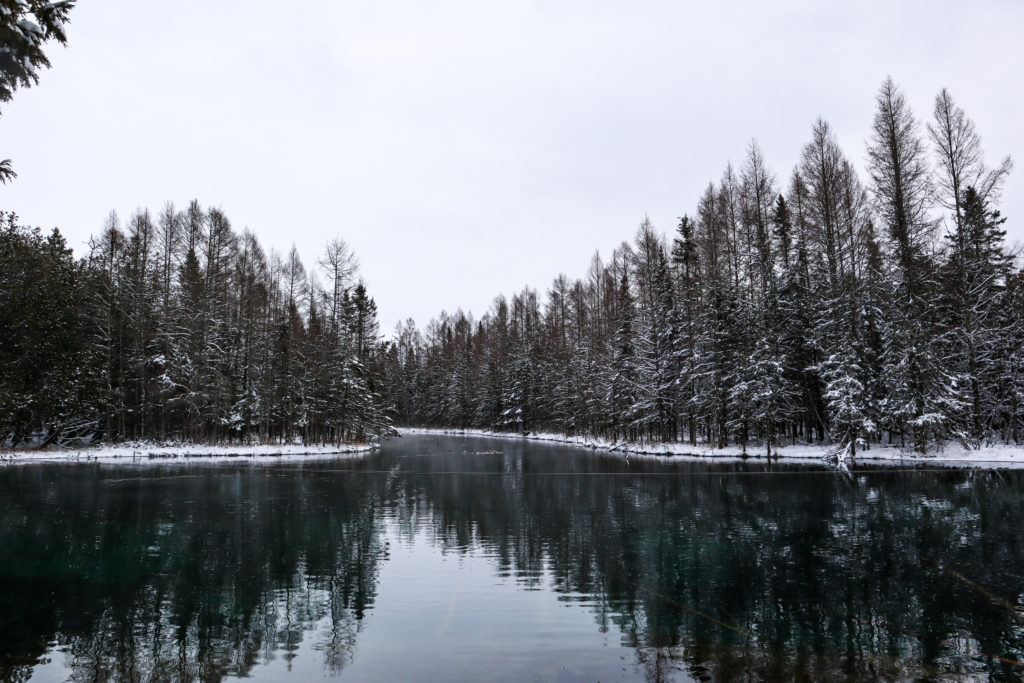
The entrance to Palms Book State Park is located just 12 miles off US-2, near the town of Manistique. It’s only about 15 minutes from the main highway in good road conditions.
There are several routes available to get from US-2 to Kitch-iti-kipi depending on which direction you are coming from. The route coming out of town on 442 is likely the first to be plowed. The actual park itself is located at the end of M-149.
Using your maps program of choice is your best option for navigation. Be sure to have any maps downloaded offline before you visit the Upper Peninsula. Roadside signs will also point you in the right direction.
The entrance and a portion of the parking lot is plowed during the winter, so Kitch-iti-kipi is still very accessible any time of year.
Viewing Kitch-iti-kipi
Palms Book State Park opens at 8 am and closes at 10 pm. Once you’ve arrived, it’s a short walk down to Kitch-iti-kipi from the parking lot. If you don’t see it in the distance as you get out of the car, you’ll find boot prints in the snow leading the way. First, you’ll see a sign with information about other natural wonders in the Upper Peninsula and some history about the place. The raft is down the path to your right.
Does the raft work in the winter?
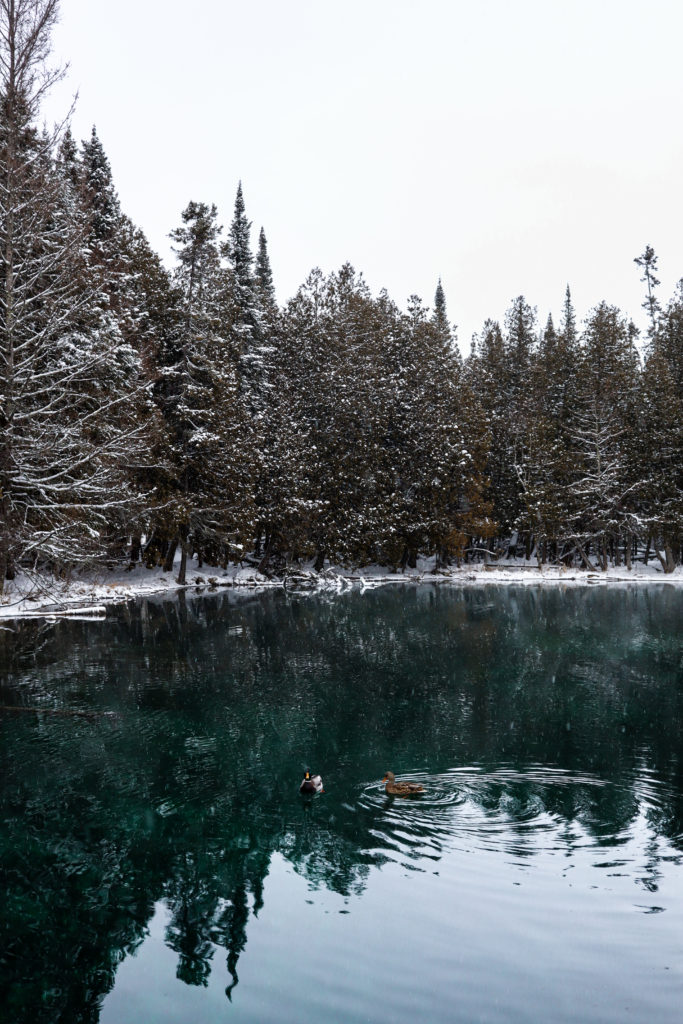
The raft is open year-round and free to take out to the center of the spring. A viewing hole in the center of the raft allows you to look down into the turquoise water in the center of the spring.
Although Kitch-iti-kipi doesn’t completely freeze over, the edges do ice over. Because of this, it’s entirely possible that the raft might be frozen to the dock. This was the case one of the times I’ve visited in the winter. So if the raft doesn’t seem to move, don’t force it and risk breaking anything. There is also a sign reminding you to not force the raft if it doesn’t move easily.
Whether you take the raft out to the center or view from the platform docked on shore, make sure to look down into the water to see the limestone encrusted trees and dust clouds swirling from the cracks in the earth below.
It’s also likely that you’ll see trout swimming underneath the raft. Often smaller fish will feed off the algae on the raft, while larger fish explore below. Keep an eye out for other wildlife as well—we saw Mallard ducks and a mink when we visited.
Are there crowds in the winter?
Hundreds of thousands of people visit Kitch-iti-kipi each year, and in the summer months there are often lines to catch a glimpse. If you visit in the winter, there will be few to no other people there. In the morning, you likely won’t see another soul, but I’ve also visited in the late afternoon on a weekday and found only a few other visitors.
Take pictures, but also stop to take it all in and appreciate the sheer beauty of this amazing place.
The Legend and History of Kitch-iti-kipi
Native Americans originally lived in the area around Kitch-iti-kipi. Many left or were forced to leave with European settlers arrived and began cutting down the forests in the area.
John Bellaire rediscovered Kitch-iti-kipi in the 1920s, finding it trashed by a nearby lumber camp with fallen trees and other debris. Instead of buying the Big Spring for himself, Bellaire believed that it should be shared with everyone. He made contacts that coordinated the sale of the land to the state of Michigan. This deal that sold 90 acres of land that would become Palms Book State Park was brokered for just $10, requiring that the land remain a state park indefinitely.
Palms Book State Park was founded in 1928, but the State of Michigan acquired several more parcels of land over the following decades, making the state park a total of 388 acres today.
The current observation raft, dock, concessions, and other buildings at Kitch-iti-kipi were built in 2003 by the Michigan Civilian Conservation Corps and Department of Natural Resources.
There are several folktales and legends surrounding the local native tribes and the origins of the spring. Many of these stories are false, with John Bellaire even admitting to fabricating stories to attract tourism. Carole Lynn Hare (Miskwa Anang Kwe) wrote a book called The Legend of Kitch-iti-kipi in 2020, detailing her tribe’s story about the spring. You can find the book available for purchase in the sources section below.
Sources and Additional Information
The Legend of Kitch-iti-kipi by Carole Lynn Hare*
Kitch-iti-kipi: Michigan’s Largest Freshwater Spring
Latest Blog Posts
- Best West Michigan Hiking Trails: The Story of My Senior Project
- How to Spend a Fun Morning at Tulip Time in Holland Michigan
- Hocking Hills in Ohio: Best Hikes and Waterfalls in Just 2 Days
Affiliate Link Disclosure: The symbol “*” signifies any links that are affiliate links. This means that I earn commission if you choose to buy something from these links. This comes at no additional cost to you and enables me to keep putting out content for you. If you choose not to purchase through these links, that’s fine too!
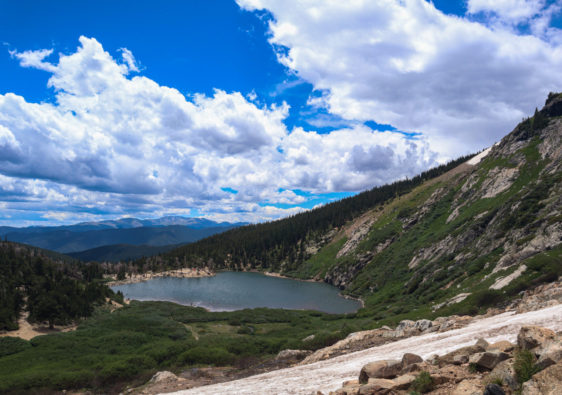
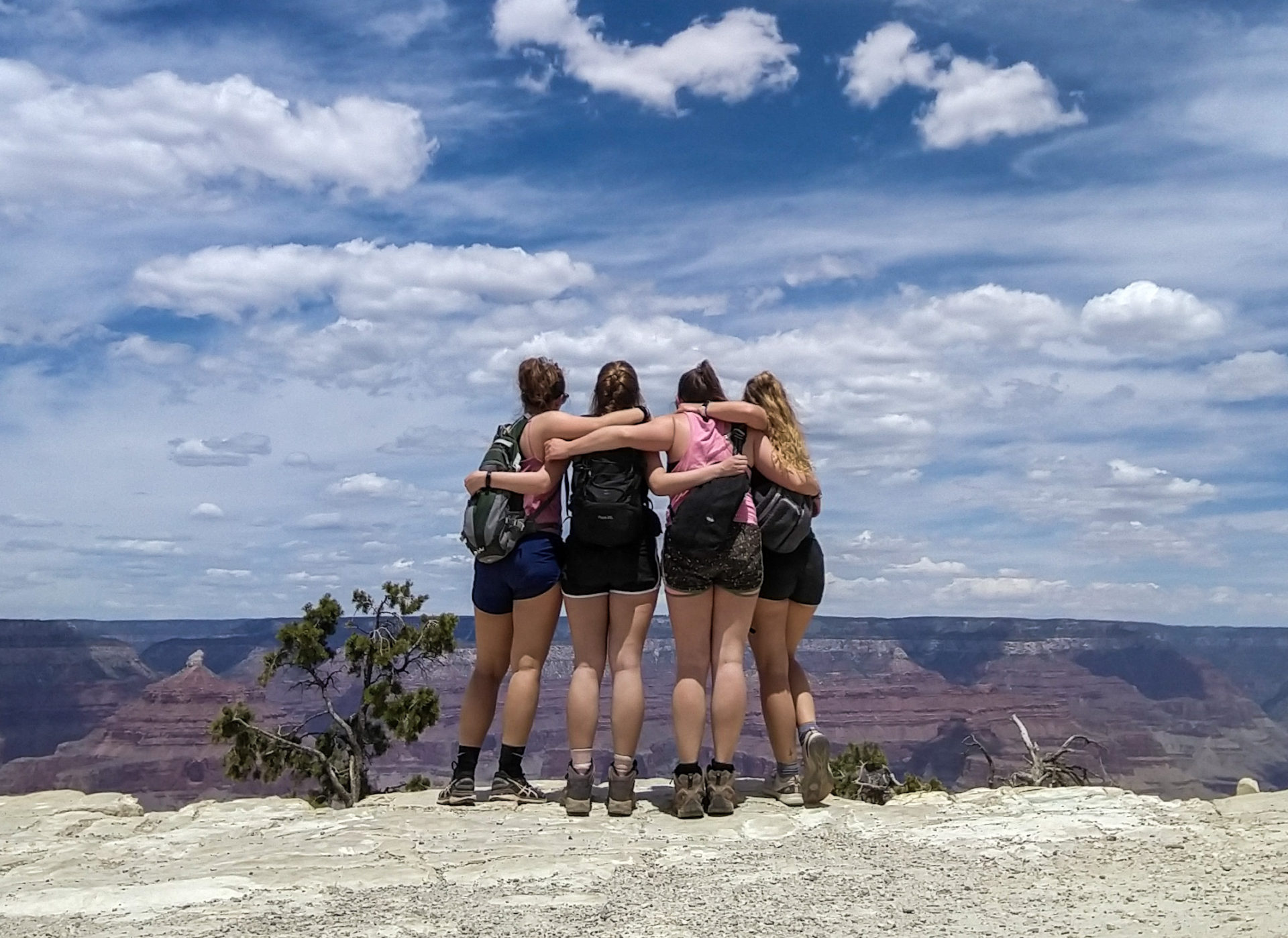


[…] Why Michigan’s Kitch-iti-kipi Should Make Your Winter Bucket List […]